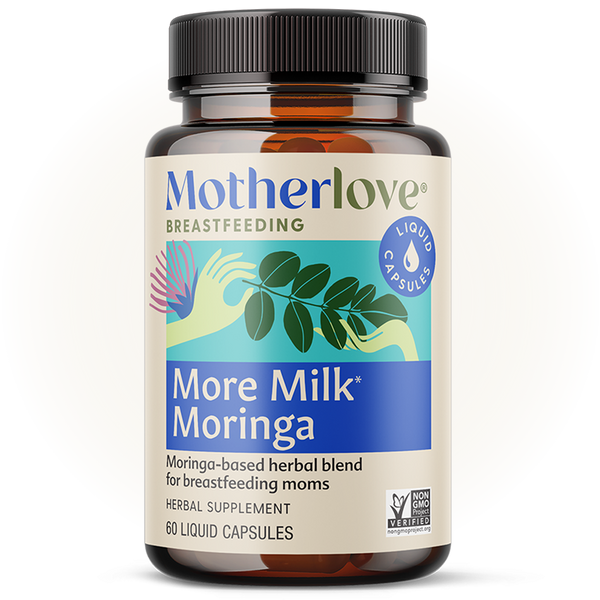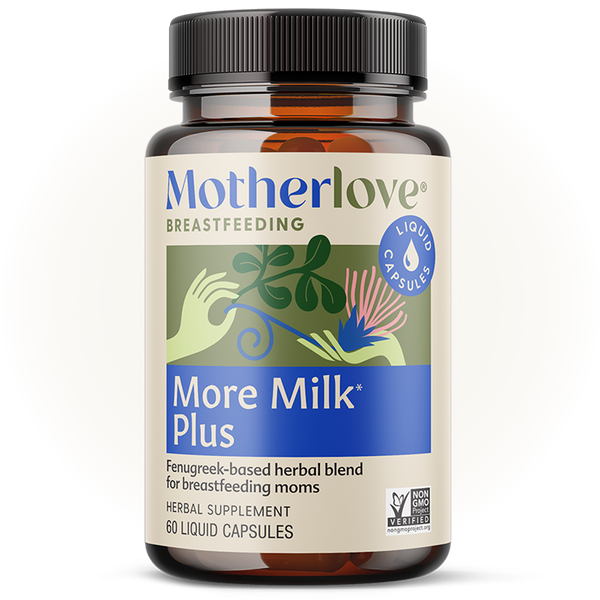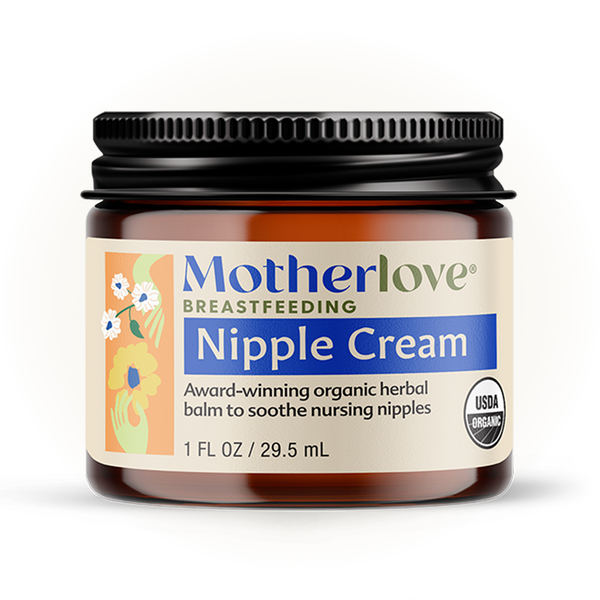Written by Tanya, IBCLC, Updated by Wendy, IBCLC June 2025
Let's face it, going back to work after having a baby is stressful, even under the best circumstances. With the addition of a pandemic, returning to work (either back to your office or to working from home) can add extra anxiety.
For pumping moms, one source of comfort can be a stash of breast milk in the freezer. Those bags of frozen milk symbolize security — an insurance policy against our babies going hungry while we're away.
HOW MUCH MILK STASH DO YOU REALLY NEED?
Some moms discover too late that they haven't put away enough milk, while others pump far more than they'll ever use. Below we offer some practical steps for developing a freezer stash of your own.
First, what is your backup supply really for? It's important to know that, unless you are unable to pump enough at work, your breast milk stash is not what your baby will be consuming on a daily basis. Instead, your baby's regular supply will come from what you pumped the previous day.
Think of it this way: Let’s say you go back to work on a Wednesday. You use your stash to cover that day. On Wednesday, you pump as often as your baby would be nursing if you were at home, and you come home with milk you put in the fridge to be used on Thursday. On Thursday, your baby eats the milk you pumped on Wednesday, and on Friday she eats what you pumped on Thursday, and (you guessed it), on Monday she eats what you pumped on Friday.
So what is the backup stash for?
Your backup stash has three purposes:
1) To use on your first day back at work, when you won't have milk pumped the day before
2) As a buffer to cover the unexpected (such as spilled milk at daycare) or when you can’t pump enough times while at work
3) Other separations (a night out, a business trip, etc.).
HOW MUCH MILK DO YOU NEED EACH DAY?
So, knowing what your backup supply is for, how much should you put away?
Recommendations vary, and it depends to some extent on what will make you feel confident when you go back to work. But here is a guide to figuring out a rough estimate of how much milk you might need by your first day back at work.
Start by figuring out how many feedings you'll be missing each working day. For example, if your baby normally eats at roughly 10:00, 1:00, 3:00, and 5:00, and you'll be gone (including commute time) from 8:30 to 5:30, you'll be missing four feedings. Of course, the number of feedings depends on how long you'll be gone. Moms with long commutes or double shifts will miss more feedings.
Take the number of feedings you'll be missing (in this case four), and multiply that by an average of 3-4 ounces per feeding and you'd need something like 12-16 ounces per day.
Now let's shoot for having between 3-5 days worth of milk stored before you go back to work. Multiply 12-16 ounces by 3-5 days. If you'll be missing four feedings per day, multiply 12-16 ounces by 3-5 days, and you'll get a total of somewhere between 36 and 80 ounces.
Is there anything wrong with pumping more? No, though you have to balance the time it will take to pump with time spent with your baby or having a bit of time to yourself (naptime is precious!). And any mom with an oversupply should recognize that the more pumping she does, the more milk she will make.
One caveat: If you find that you regularly don't pump enough to cover the next day's feedings, you'll depend on your stash more. If you know in advance that you won't pump enough, you will want to build a larger stash. You may also need to more faithfully replenish your stash by, for example, pumping once or twice over the weekend.
PUMP ONE DAY AT A TIME.
It might feel overwhelming to have a goal of 36 to 80 ounces, but if you take pumping one day at a time it will feel more manageable.Your pumping will be most productive if you do it early in the day, when your supply is highest. You can pick a point in between two morning feedings to pump. Avoid the end of the day, when your supply is lower and babies tend to want to cluster feed.
If you start pumping once a day, three weeks before your return to work, and you pump 3-4 ounces per session, you’ll have 63-84 ounces by your first day back at work. To build a bigger stash, start four weeks before your return date.
STORE IT AWAY.
Freeze in small amounts -- no more than 3 ounces -- to minimize waste if your baby doesn't take a full 4-ounce bottle. To keep your stash organized and avoid a freezer takeover, consider freezing your milk by lying the bags down so they freeze “flat.” Then you can organize them in a shoebox by date – almost like a milk filing cabinet.
REPLENISH YOUR BACK UP STASH.
If all goes according to plan, your backup stash will gradually dwindle. That's normal – you're using it for its intended purpose. It's also normal to experience a decline in pumping production over time. So you may want to monitor and occasionally replenish your freezer stash. Try pumping once on each of your days off, and you should see your stash grow. Additionally, consider pumping once or twice over the weekend to replenish your supply.
Have questions? Get help! If you need help figuring out anything related to returning to work never hesitate to seek out help from a lactation consultant (IBCLC), a La Leche League leader, a Breastfeeding USA counselor, or your local WIC office breastfeeding peer counselor. Breastfeeding support works best when you get it early!






